See these plastic pipes with rubber connectors (the top of the picture highlights approximately where the pipes run behind everything)?
You can actually pull those out and get them out of the way earlier than instructed, whenever is convenient. They'll be easiest to remove once the upper and lower intake manifold are removed. Those are part of the crankcase ventilation system.
One pipe runs from the passenger side valve cover to the intake manifold. When idling or cruising, the intake manifold creates vacuum through the PCV (positive crankcase ventilation) valve and sucks nasty air out of the crankcase (blow-by unburnt fuel, water vapor, etc). Slight vacuum in the crankcase keeps oil seals happy, and sucking out nasty junk keeps oil more pure, avoiding corrosion, sludge, etc. I will refer to this as "the PCV pipe".
The other pipe runs from the driver side valve cover to the air box. This is just a breather; no significant vacuum is applied to this pipe by the intake system, but it runs to the air box in stock configuration to be recirculated into the intake to reduce emissions. I will refer to this as "the breather pipe".
The turbo kit replaces these pipes. The breather pipe is simply replaced by a long hose that runs down behind the engine, along the top of the transmission, with the end of the hose zip-tied in place to vent to atmosphere under the vehicle. The EPA won't like this, but Prodigy explicitly chose to go this route rather than maintain the recirculating behavior. Hot air with some oil vapor, unburnt fuel, water vapor, etc., flows out of this hose when running boost, because there is significantly more blow-by past the pistons with boost, and that extra pressure in the crankcase needs to escape somewhere. That hot contaminated air interferes with tuning for power. For example, oil vapor reduces the effective octane rating of the fuel, making it more prone to pinging/detonation. Rather than tune more conservatively (less power) and/or require higher octane fuel (already requires 91 minimum), Prodigy has opted to avoid the problem altogether and slap the "for off-road use only, wink, wink" label on the turbo kit.
It's hard to get a good picture of this breather hose, but here's the end of it after installation:
The PCV pipe is replaced by a hose with a check valve about at its mid point. The check valve prevents the crankcase from seeing positive boost pressure from the intake manifold.
However, I made the observation that the check valve has the hose fittings threaded into it:
And the diameter of the original plastic PCV pipe is a very close match to fit into the female threads of the check valve. So I decided to put a little extra effort into making my install just a bit cleaner:
Those are 3/8" pipe threads to match the threads in the check valve. I was able to borrow a rental thread cutting die at a local hardware store for $5 to get the job done at the counter in-store without paying any rental deposits, etc. If I had taken it home to use it, there would have been a $50 deposit, and the rental fee was $8. Just make sure you thoroughly clean any plastic shavings/dust from the cutting and threading. Don't want to suck that into your engine. Male pipe threads are cut with a taper, so it's a combination threaded/compression fitting. Because of this, and especially because the pipe is plastic, the pipe and check valve can be threaded tightly together and form an air-tight seal without any kind of thread sealant.
I like to keep as many things as possible appearing OEM, or at least OEM-like, and not obviously modded. You'll have to wait to see the modded PCV pipe installed, because there's plenty of other things that need to happen with the turbo install first
NOTE: The ventilation hoses/pipes are easily accessible after the install is complete, so you can start by following Prodigy's instructions, then customize it as I did at a later time if you decide to do so.
UPDATE: This modded PCV pipe needs a redesign due to annoying noise: http://jeeplab.com/showthread.php?13...ull=1#post2112
UPDATE: New revision successfully got rid of annoying noise: http://jeeplab.com/showthread.php?13...ull=1#post2116
UPDATE: Crankcase ventilation solutions are still being tested by Prodigy, so what I have described here is not final.



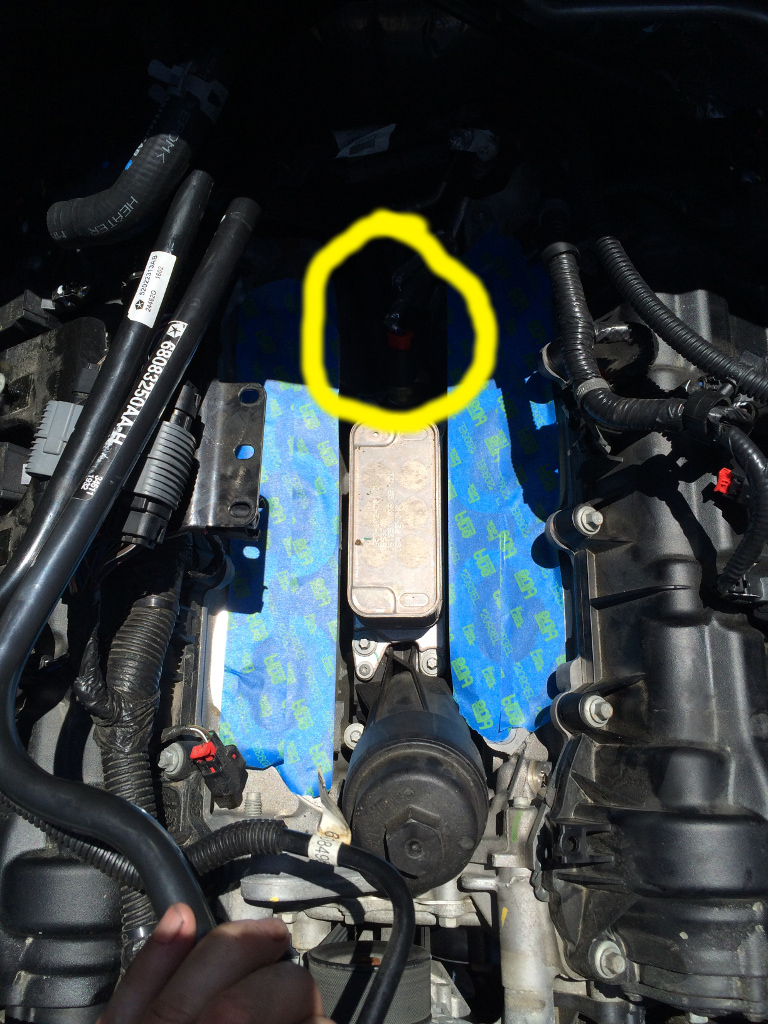
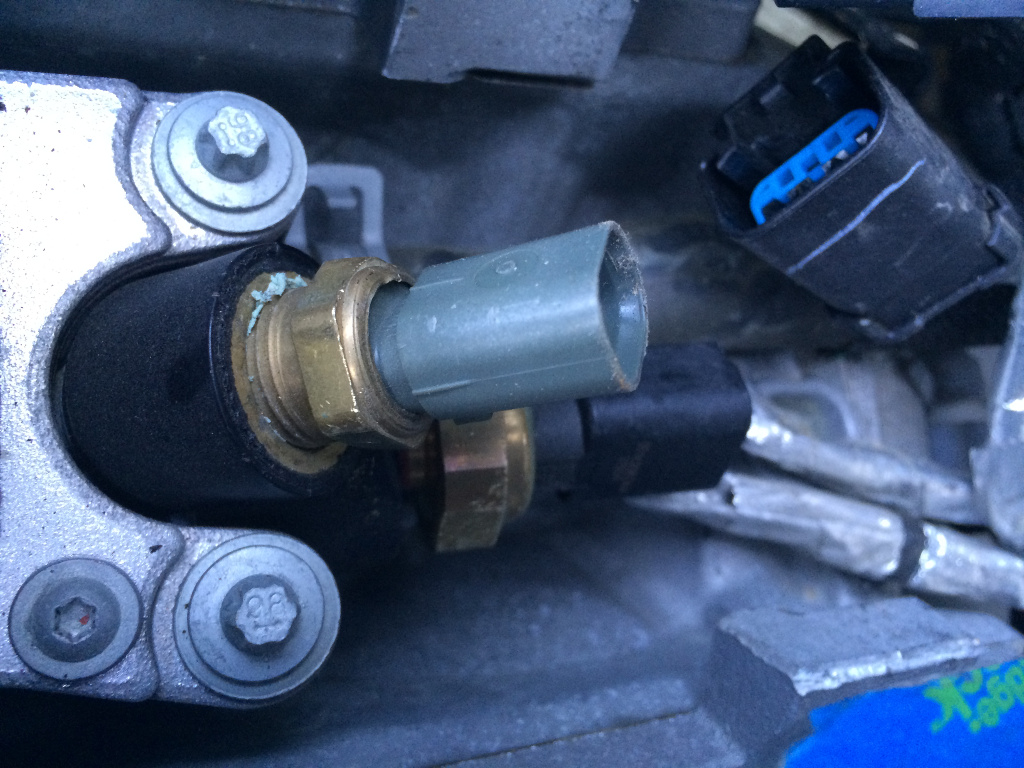
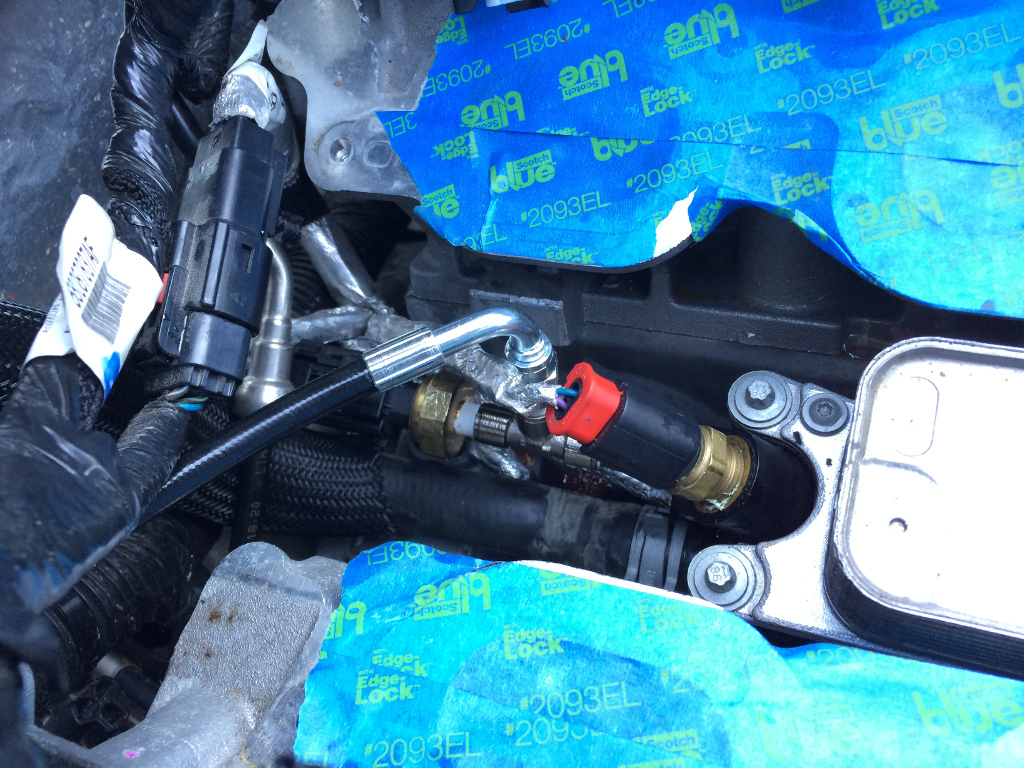

 Reply With Quote
Reply With Quote
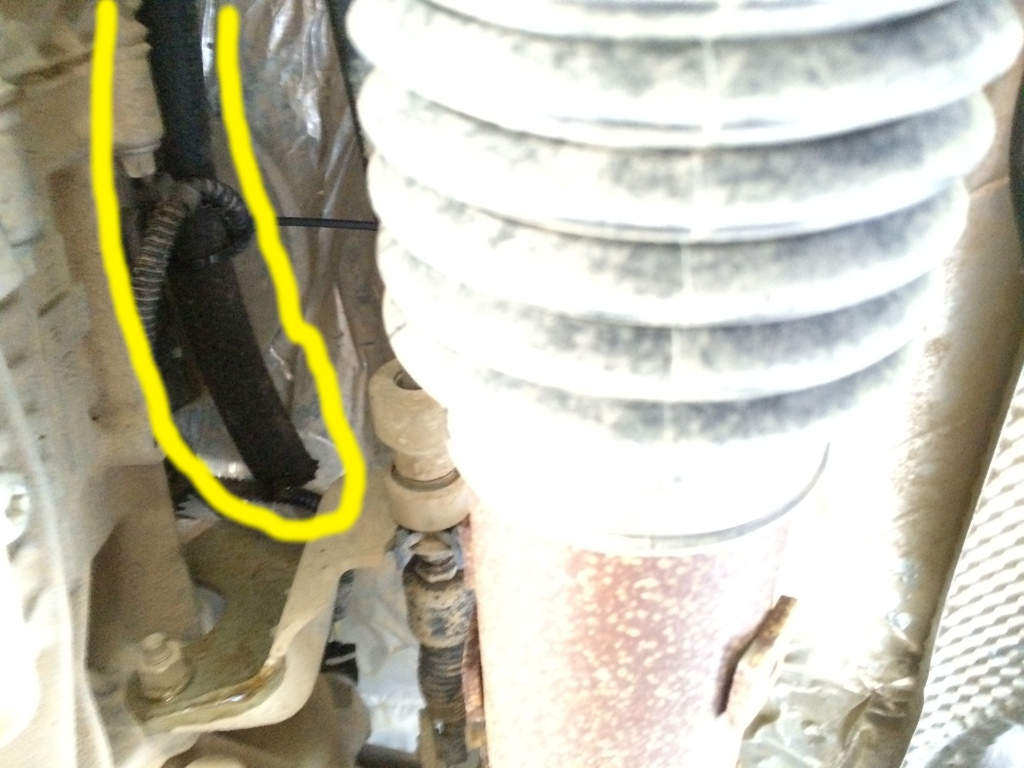

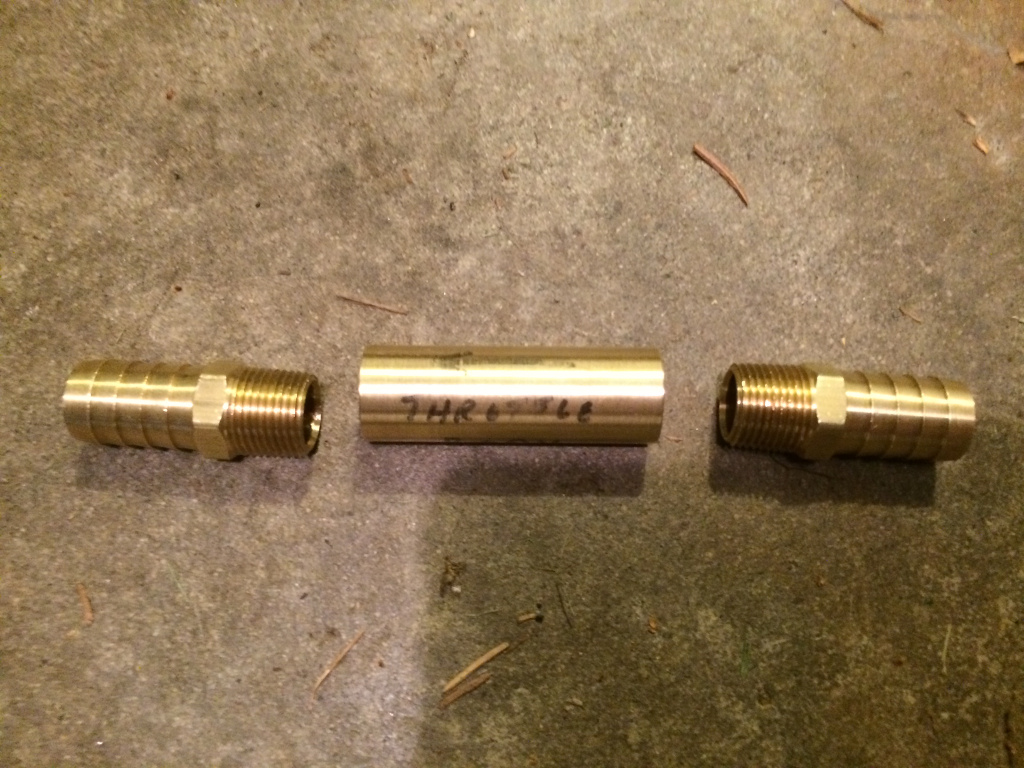


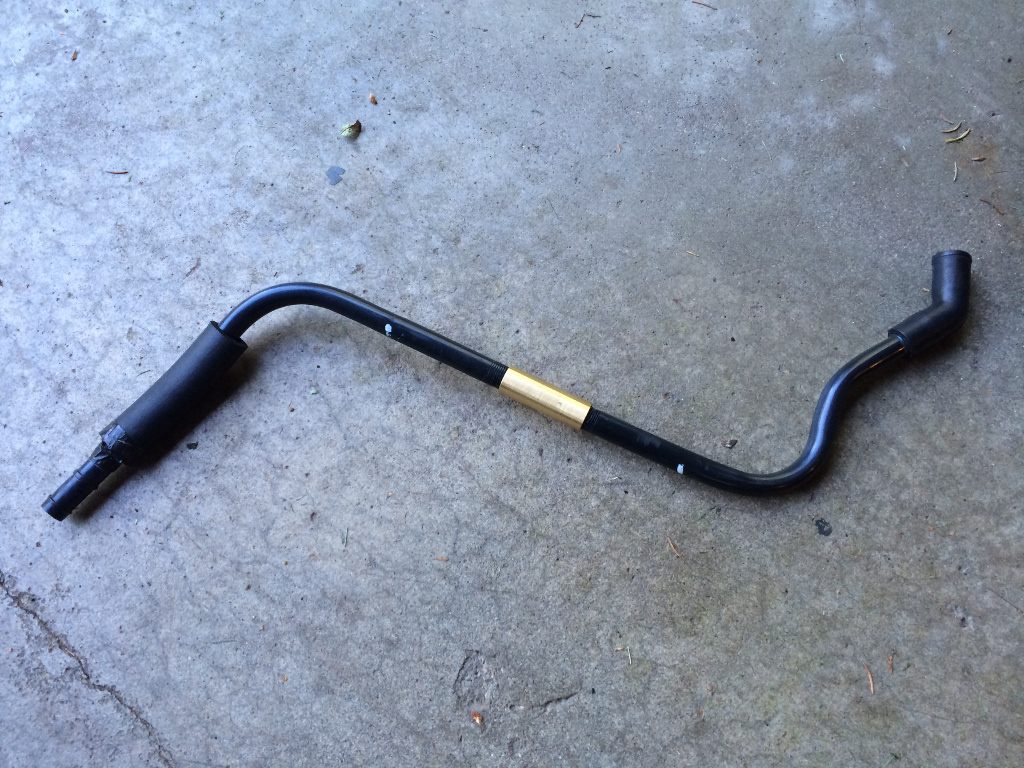



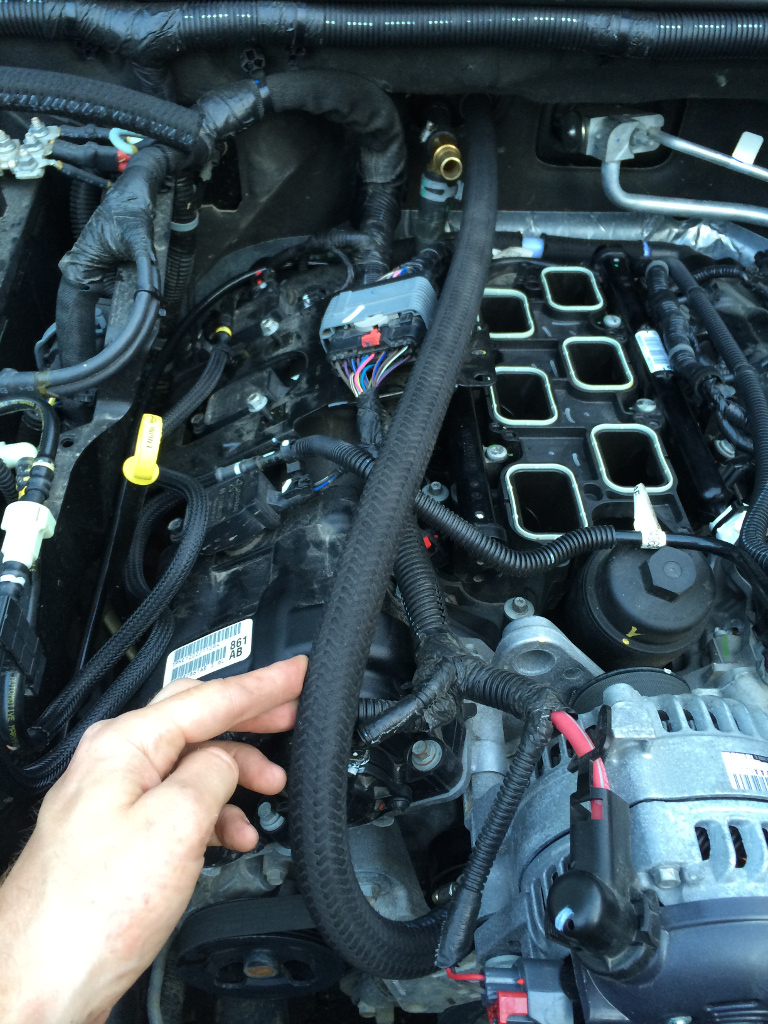

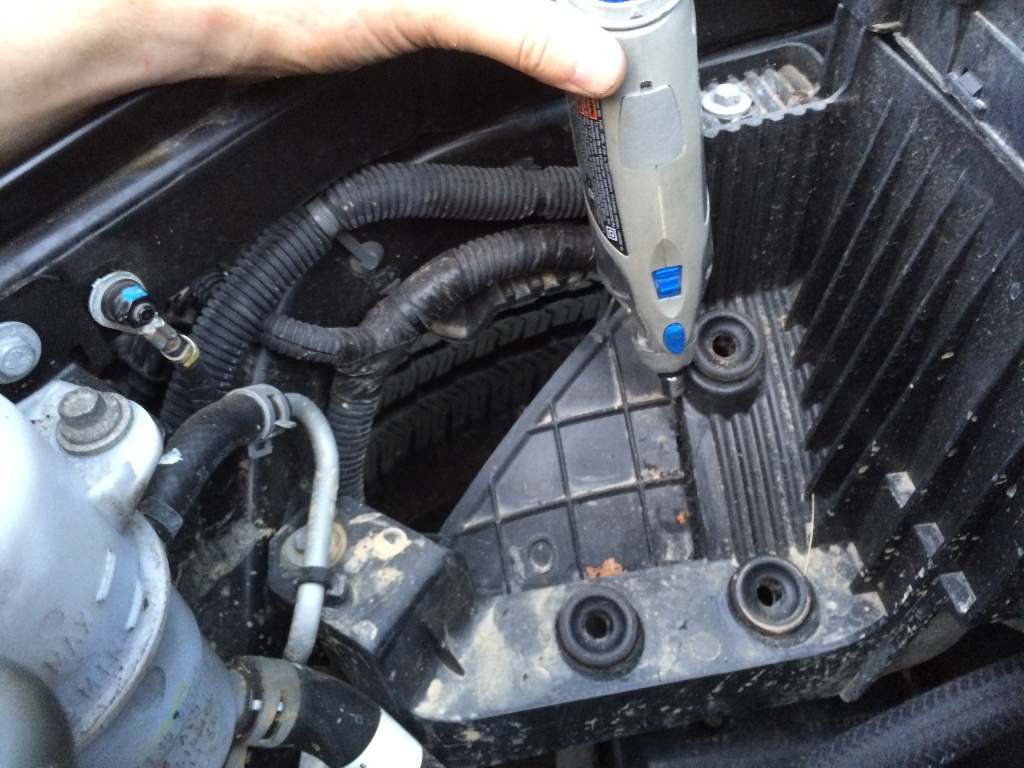
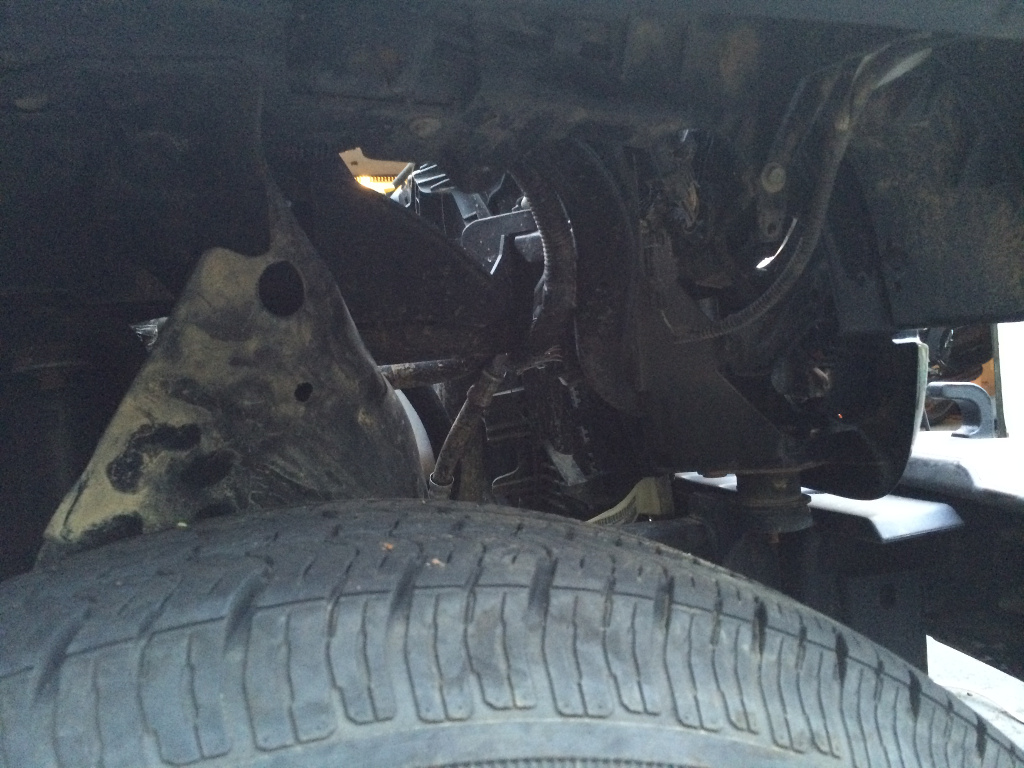






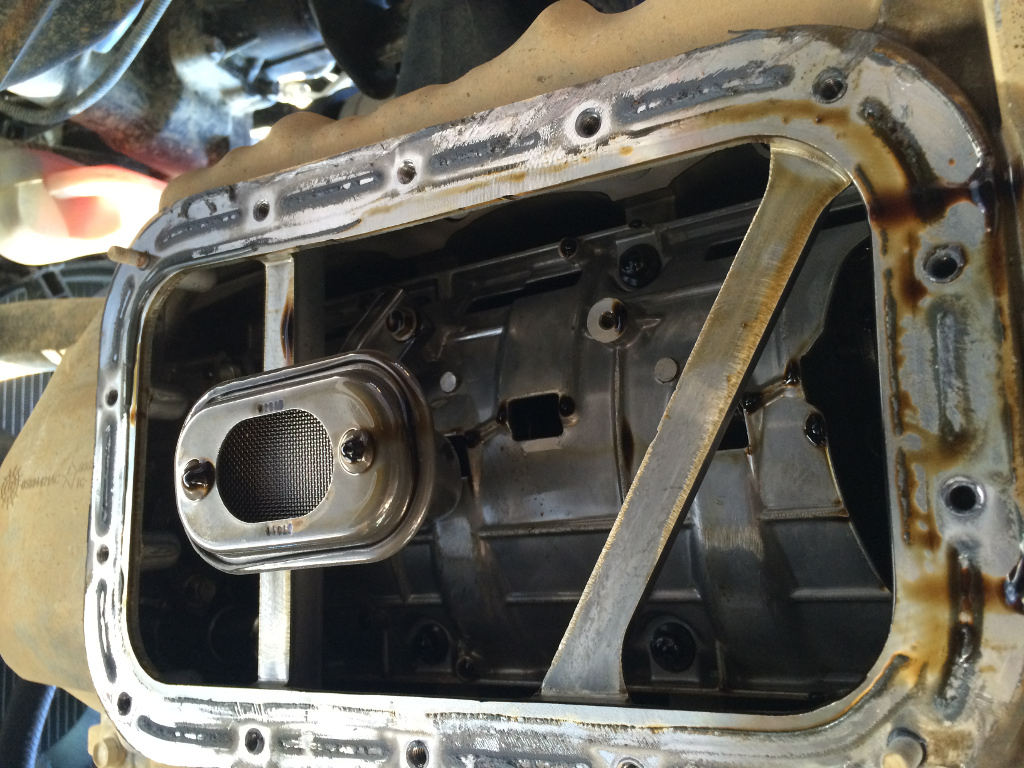





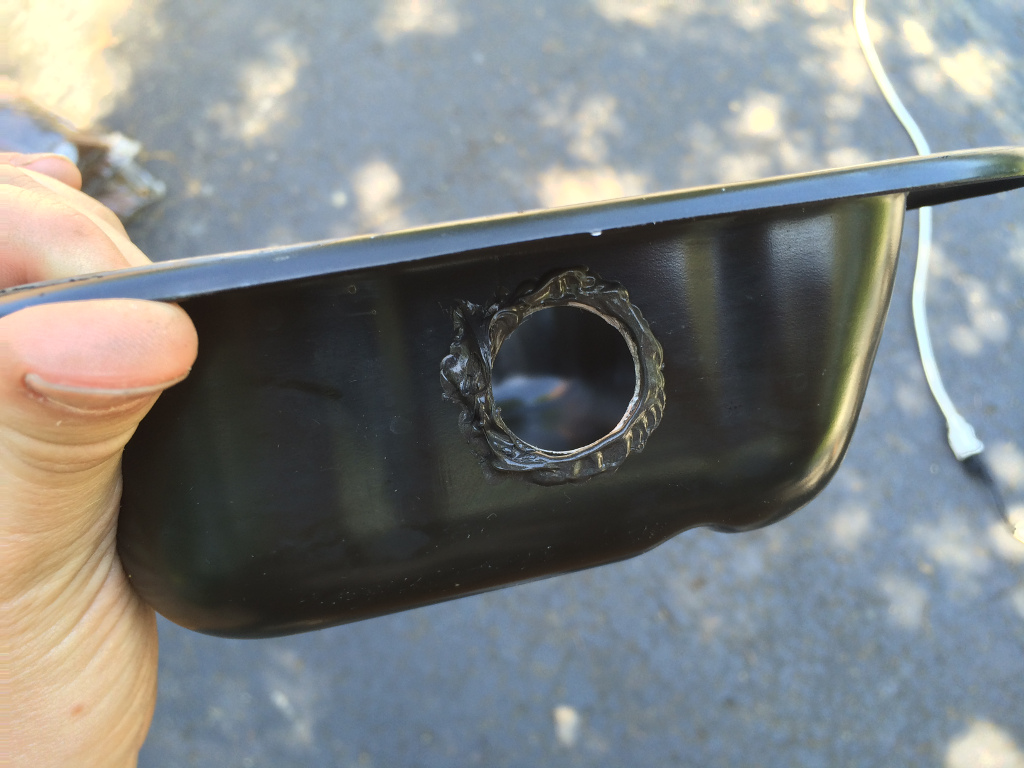
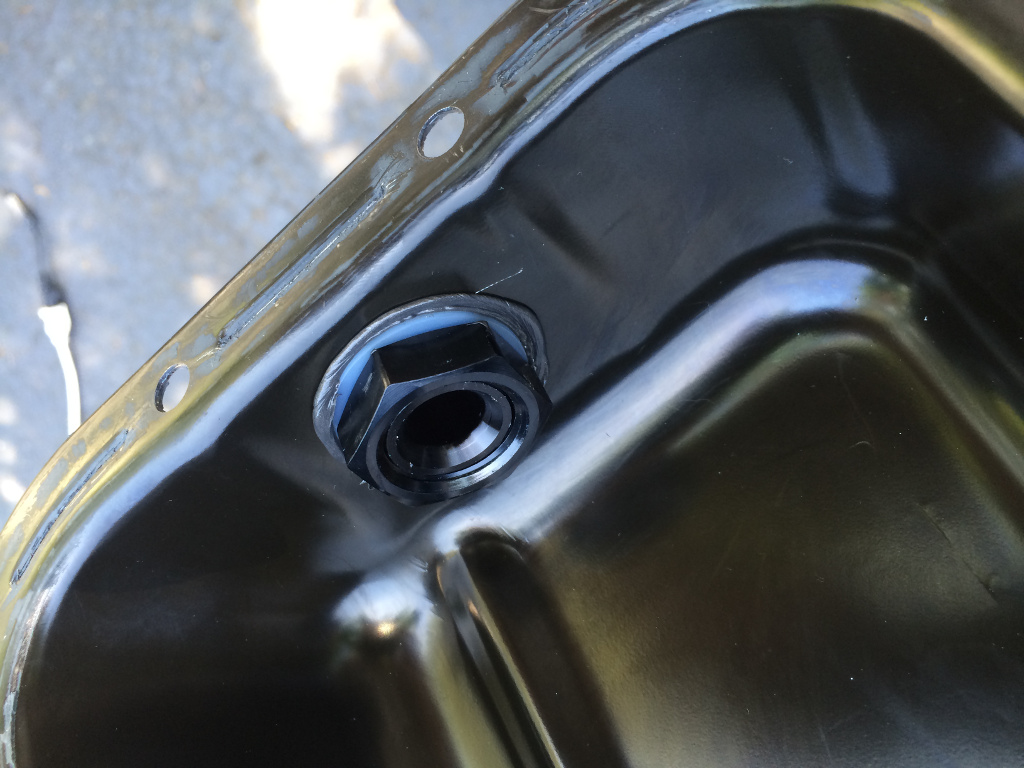
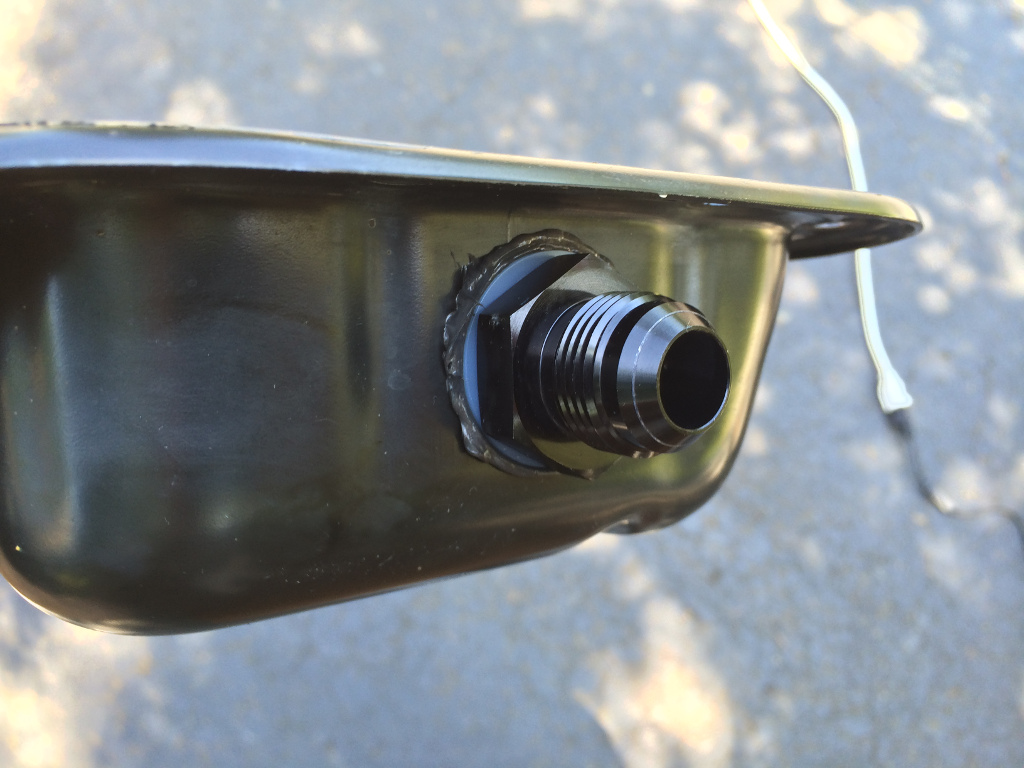
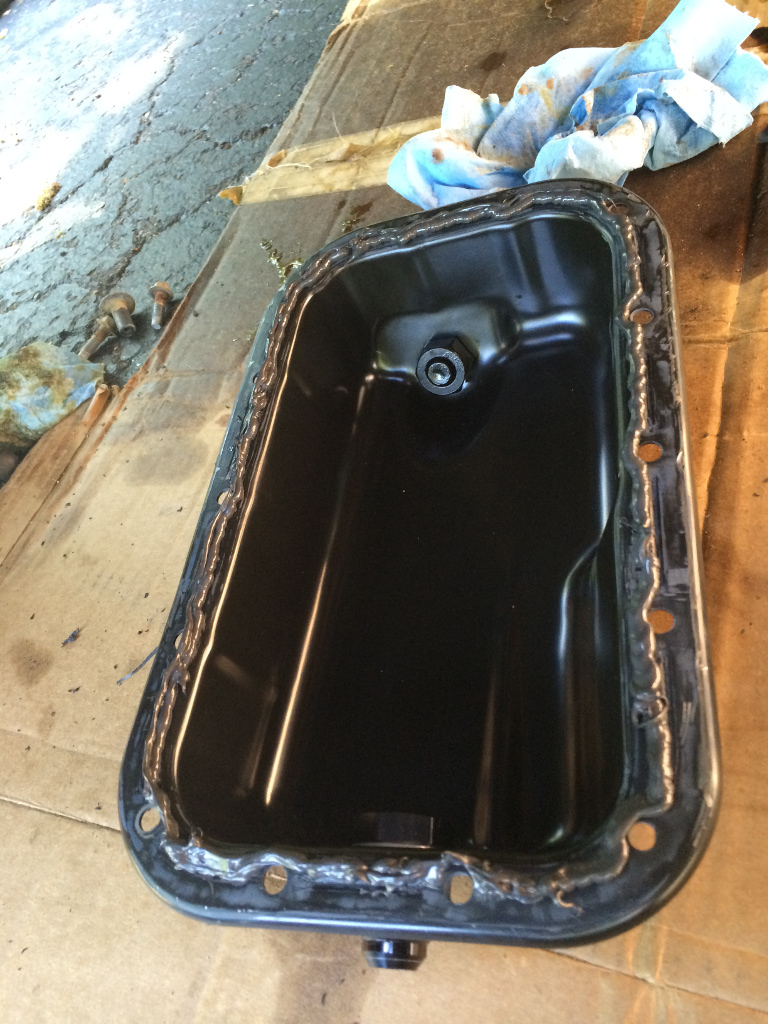
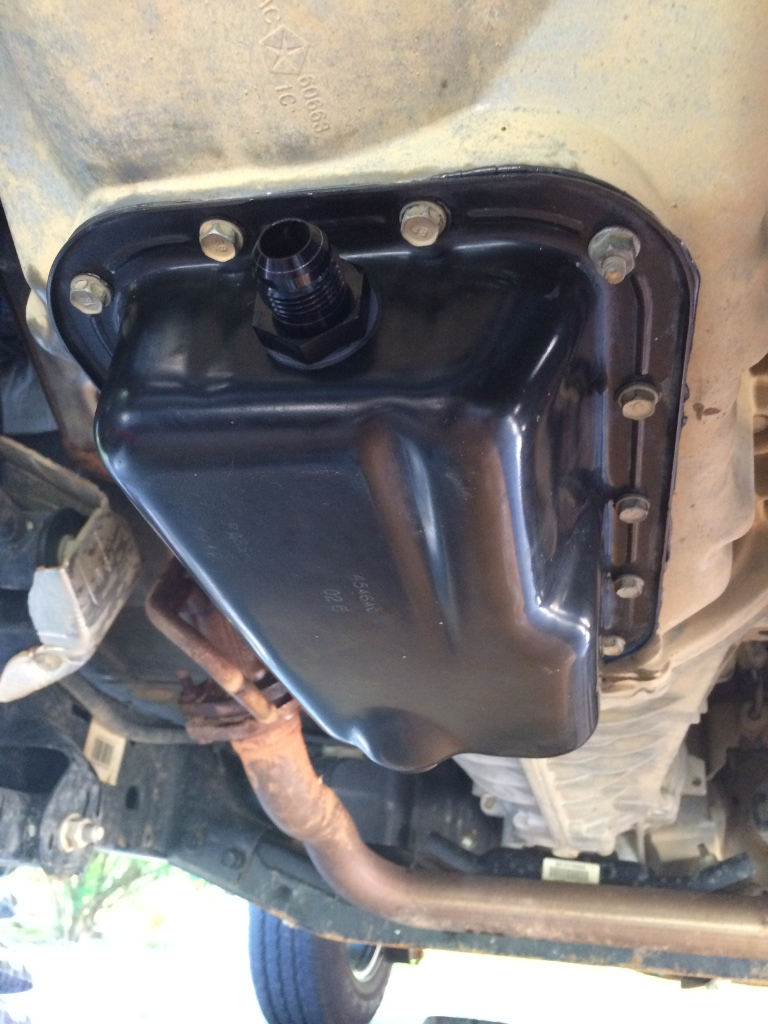


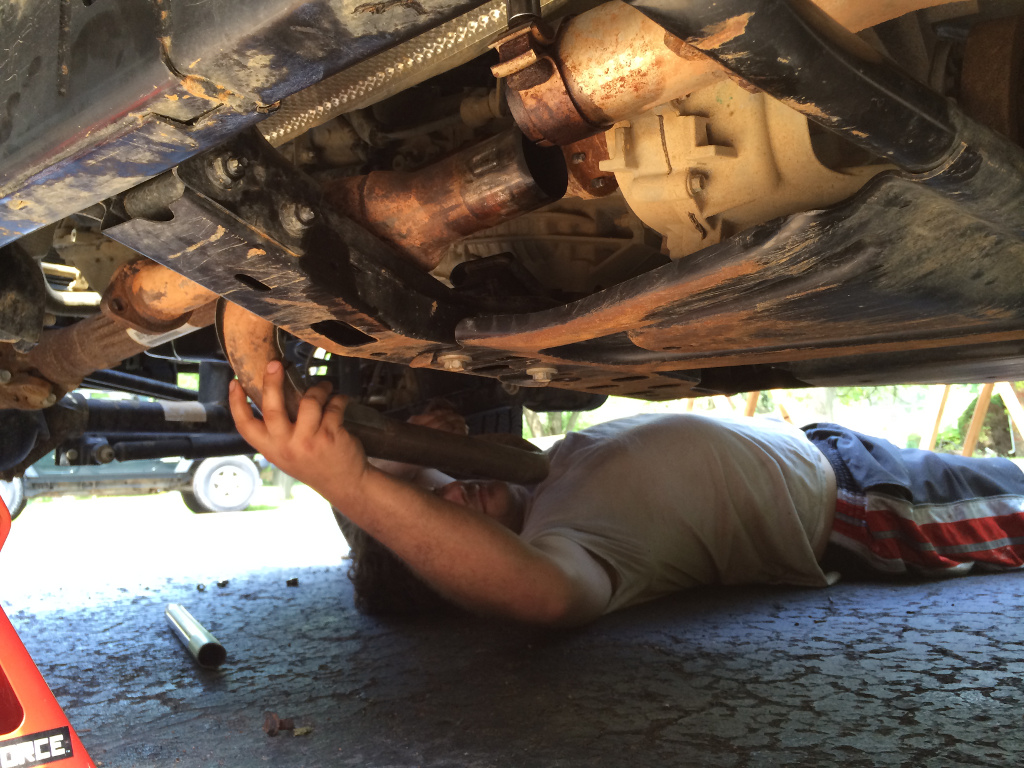
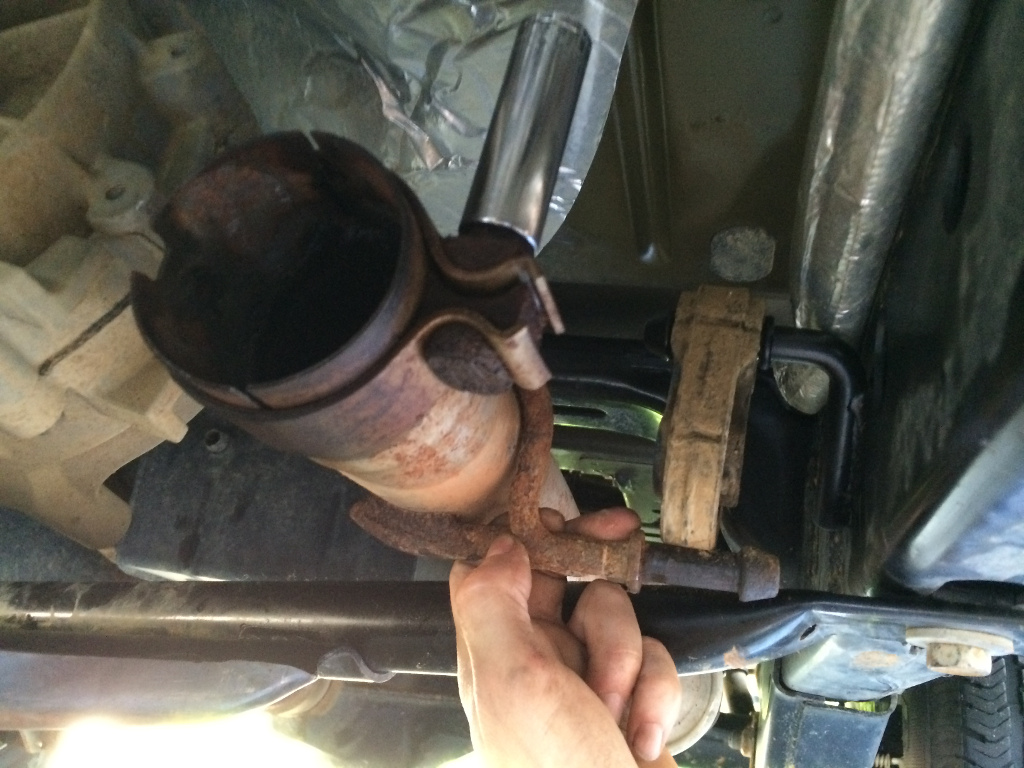
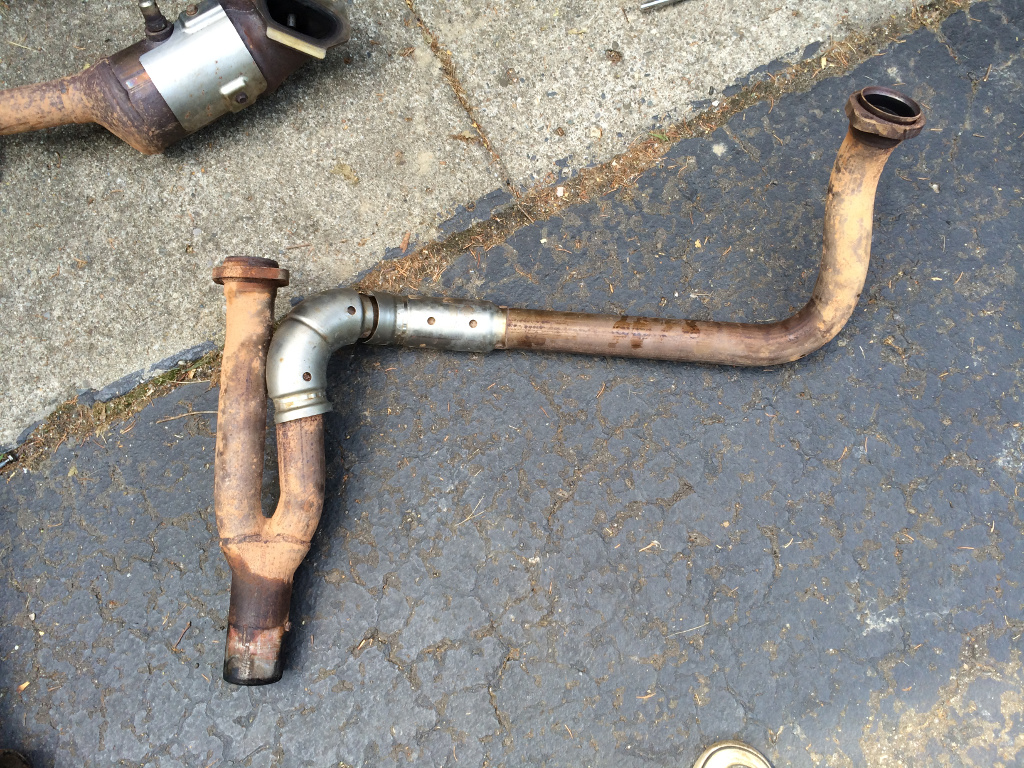

Connect With Us